Hello and welcome to my first blog post as a CLM Intern! My name is Katherine Sparks and I am currently working with Megan Crapo at the Monongahela National Forest in West Virginia. I am so grateful for this amazing opportunity and am super excited to gain such valuable experience!
My journey to becoming a CLM Intern was an adventure in itself. Through a frenzy of trying to complete final projects for my previous internship with Oak Ridge National Laboratory, recovering from the stomach flu, and applying to graduate programs, I came across the CLM program entirely by accident. After spending 40 hours a week staring at a computer screen for the past year, working outside in a national forest seemed almost too good to be true – but I am so glad it was true! I have now made the long journey from Missouri to West Virginia and am living amongst the beautiful Allegheny Mountains.
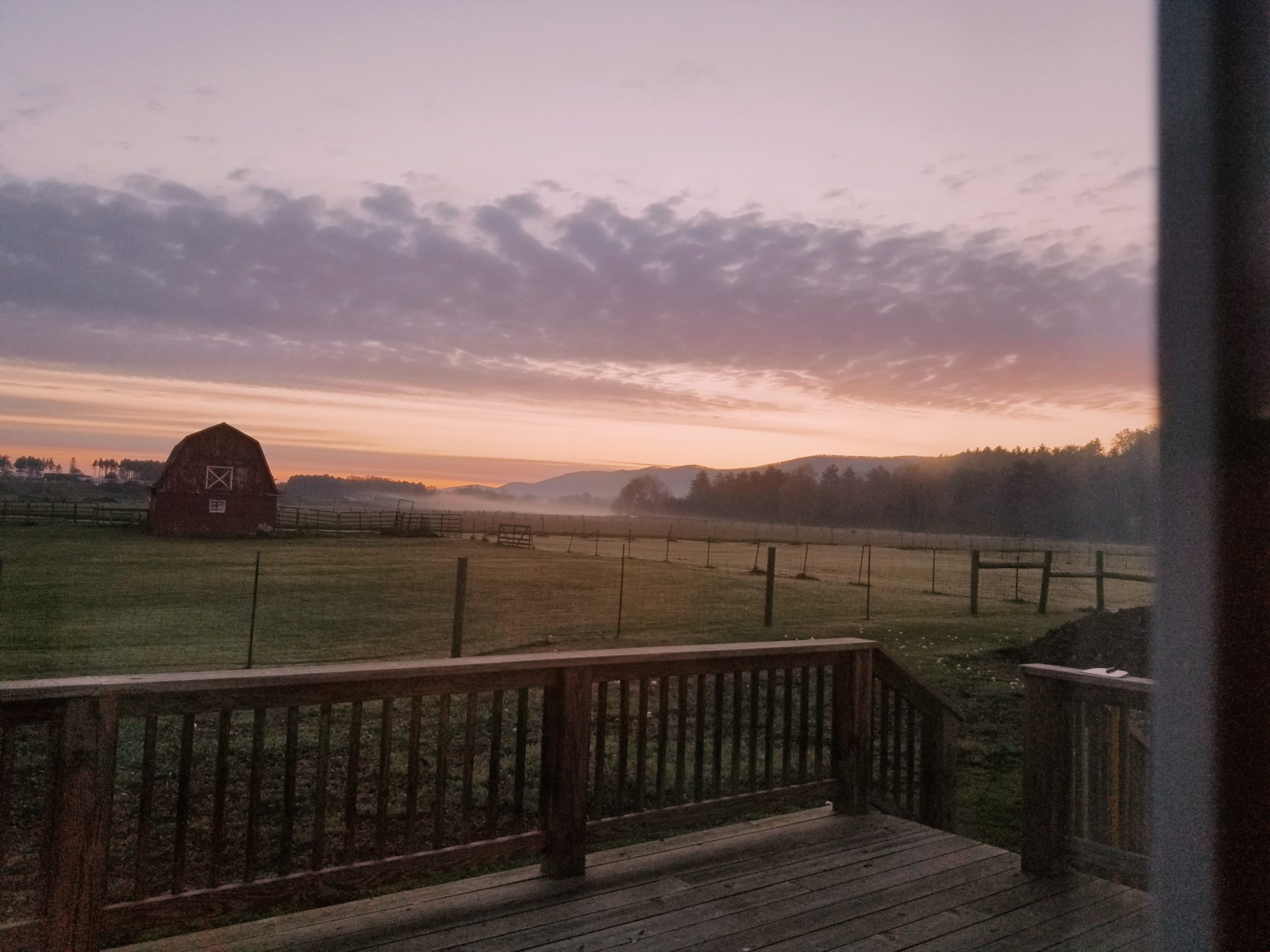
The majority of my first two weeks here has consisted of reading training materials and studying to become a certified herbicide applicator, but this week Megan and I got a break from our computer screens and joined the botany crew for a training field trip at the Cranberry Glades. The goal was to see several sensitive, threatened, and endangered species in order to properly identify them for botany surveys in the future. We specifically looked at Canada Yew (Taxus canadensis), Heartleaf Twayblade (Neottia cordata), Appalachian violets (Viola appalachiensis), and Winterberry (Ilex verticillata).
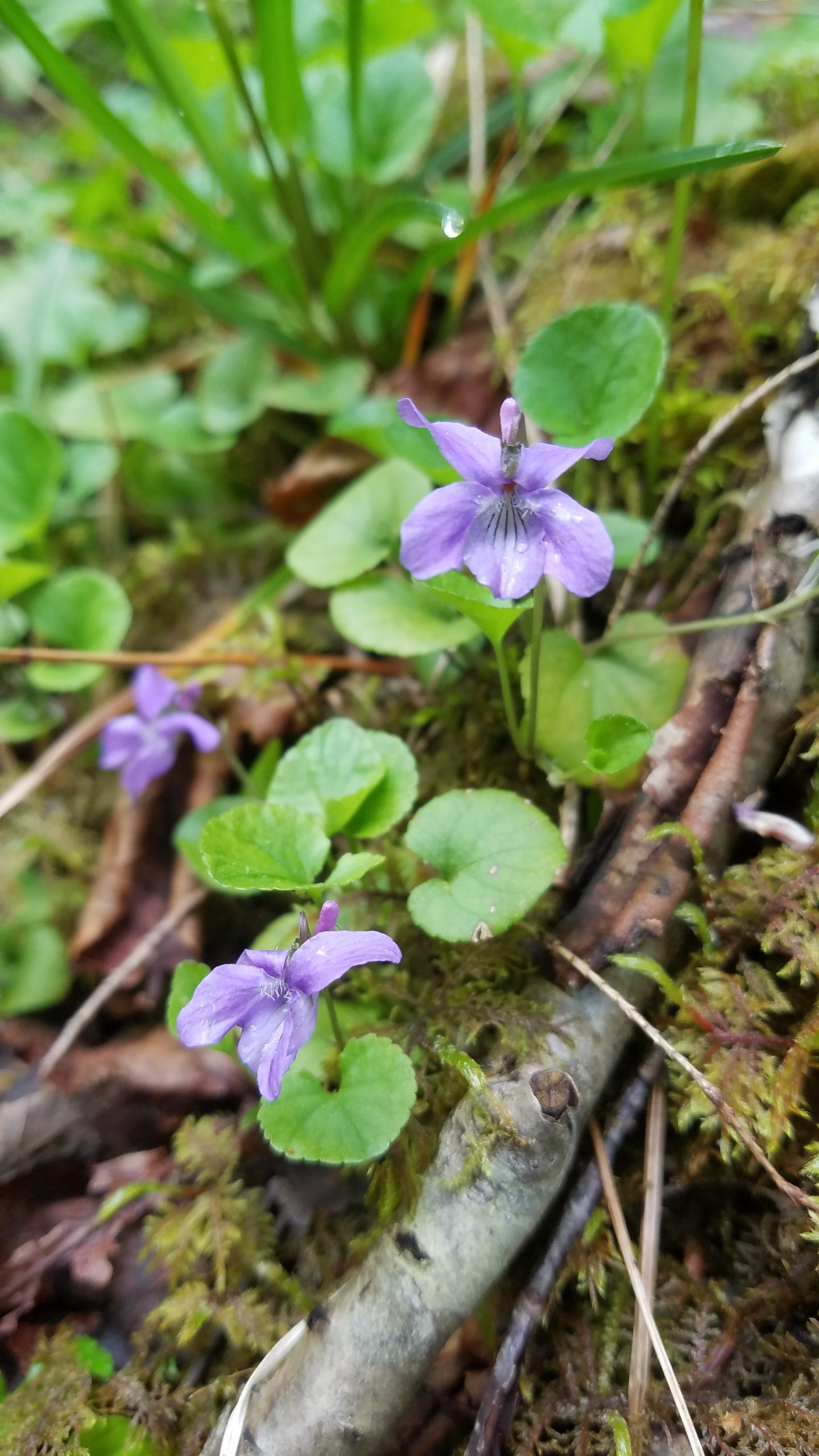
While out in the field, we also came across several species that – while not on our list – were interesting to see and fun to learn about! Cranberry Glades has a population of carnivorous pitcher plants and we were able to see them as well as an open sundew plant. It is believed that the pitcher plant population was artificially introduced into the system, but it was still interesting to see carnivorous plants in a “natural” setting.
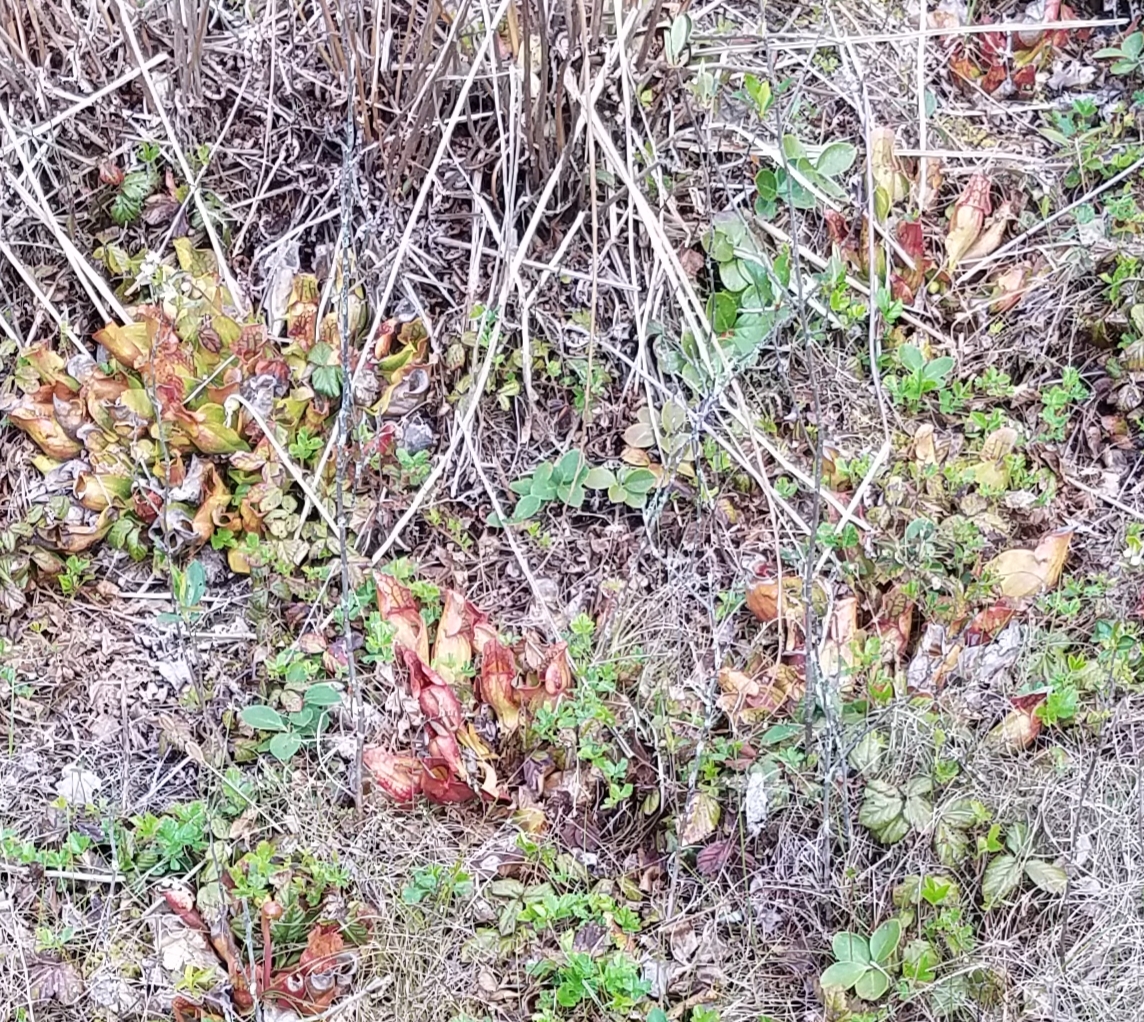
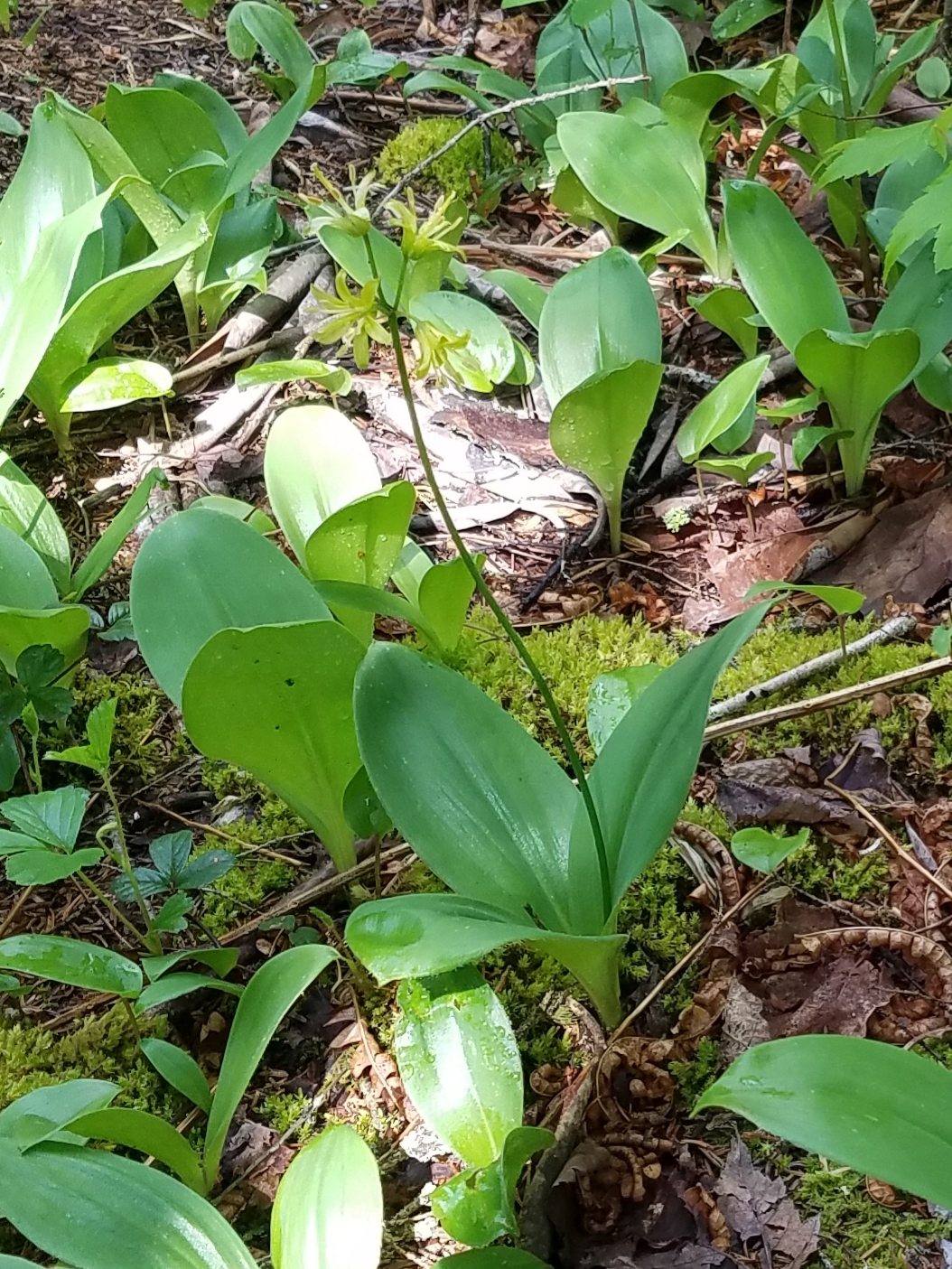
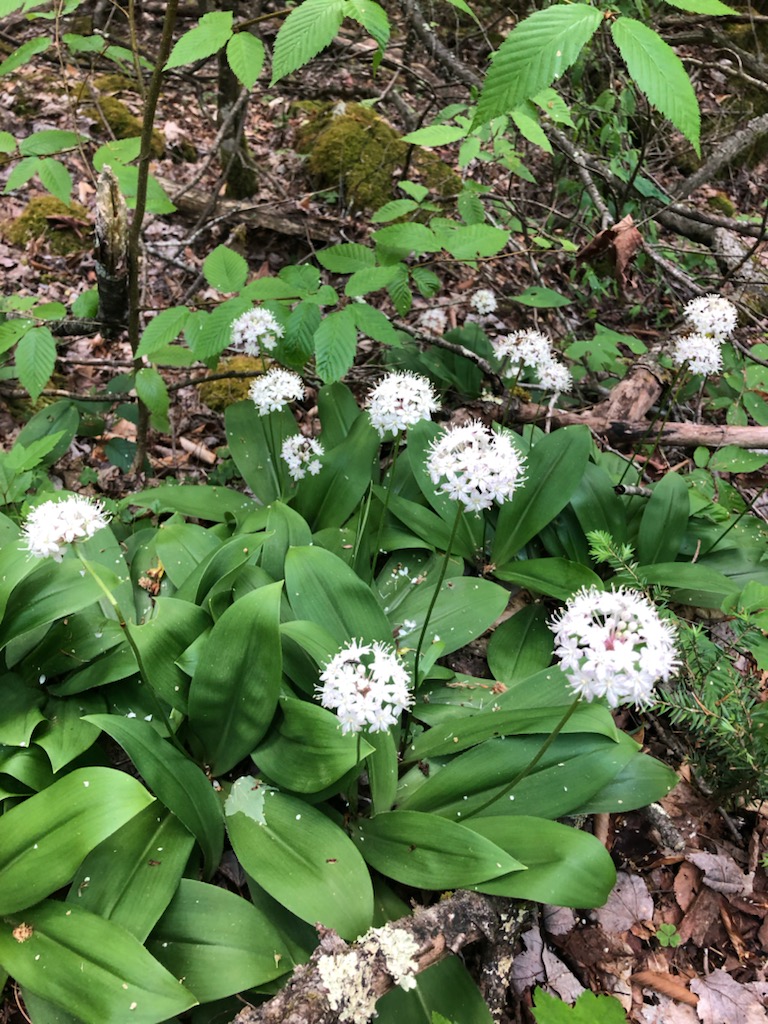
After we finished learning the species for the day, we went out as a group to Summit Lake to conduct a botany survey and practice everything we had learned. We made it through the first plot without finding any of the species on our list and had made it through the majority of the second plot when the wildlife technician from the Gauley Ranger Station spotted a heartleaf twayblade hiding amongst some beech brush. It was an exciting way to end a fun day!

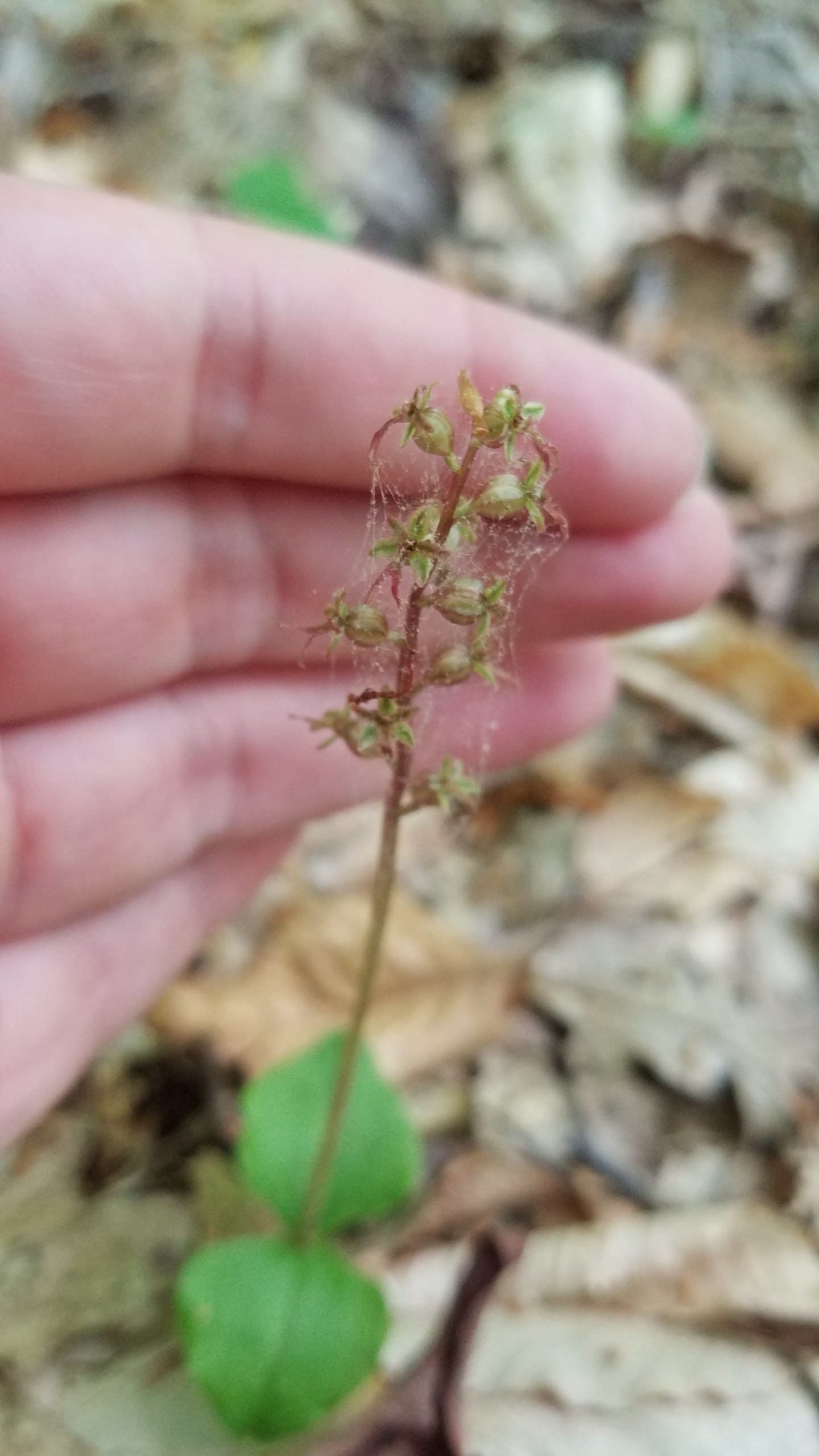
Hiking through the woods with individuals who are just as excited as I am to learn about plant species and their habits and ecology is a relatively new and undeniably refreshing experience for me. It was a great way to get to know my fellow coworkers better and an even better way to start the field season. I can’t wait to see what adventures the rest of this internship holds!

